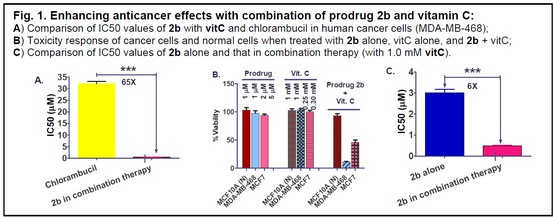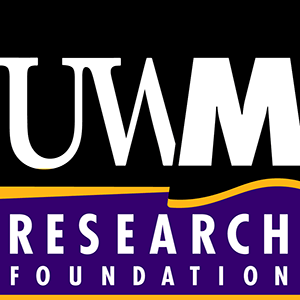
OTT1692
Applications
Anticancer drugs and therapies
Target Problems
A major focus in the development of innovative approaches is to exploit differences in cancer cells so that therapies can be highly targeted to avoid unwanted side effects.
Key Features
- 20-30x increase in potency against cancer cells compared with a widely used anticancer drug.
- Minimizes toxic side effects in non-cancer cells.
- Durable antitumor effects minimize the development of therapy resistance.
- Effective in low doses for improved therapy tolerance
- Selectively targets the tumor under oxidative stress.
- Useful therapy for a wide range of cancers (triple negative breast cancer, glioblastoma, prostate cancer, etc.)
Watch this video to learn more!
Technology
This novel potent anticancer therapy combines low doses of novel prodrugs that are specifically activated in the tumor-specific microenvironment with pro-oxidants to enhance their effectiveness while minimizing the adverse effects. While the novel prodrug compounds alone have been demonstrated to be ten times more potent and safer to mice, they are even more potent when combined with pro-oxidants, such as vitamin C, (Fig 1A).
In addition, this approach allows low doses of therapeutics and minimizes side effects. In combination, low doses of both the prodrug and the pro-oxidant killed more than 80% of breast cancer cells but showed no cytotoxicity toward normal breast cells (Fig. 1B).

Intellectual Property
Patent Cooperation Treaty [PCT] application pending
Inventor
Dr. Xiaohua Peng, Associate Professor, Chemistry and Biochemistry
Please contact our office to share your business’ needs and learn more.
